78 Facts about India (Travelers and Expats) Food, Travel, Culture, Photos…
Have India in your sights? In this guide, you’ll learn 78 facts about India, including travel, food, language, top sights, and much more. Plus lots of photos and videos.
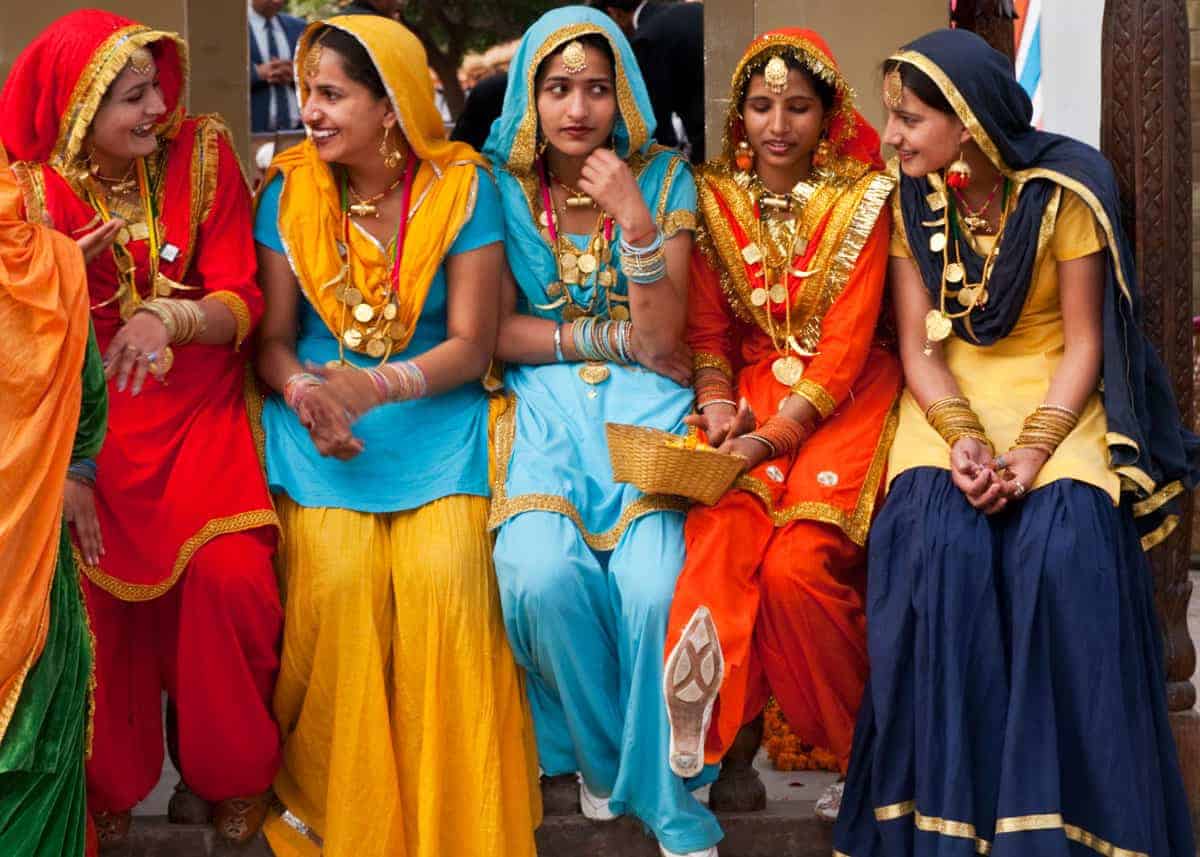
78 Facts about India
As home to one of the world’s largest populations, India is a fascinating country. It has a diverse flora and fauna, ecosystems that include rainforests, mountains and deserts, and hosts some of the world’s most colorful and unique festivals.
Below are 78 of the most interesting facts about India.
Let’s get started!
Basic Facts About India
1. What is India’s official name?
India’s official name is the Republic of India.
In the International Alphabet of Sanskrit Transliteration (IAST), the country is referred to as Bhārat Gaṇarājya.
The name “India” is actually derived from the name of the river Indus. In ancient times, many of the settlers made their homes along this river. The Indus Valley civilization is the world’s oldest and largest continuous civilization.
2. What is India’s population?
As of July 2019, the estimated population in India was 1,311,559,204.
This makes India the 2nd most populated nation in the world, behind only China.
However, the third most populated nation, the United States, has a population of over a billion fewer people than India at only 328 million people. To put this in perspective, the population of the entire world is 7.53 billion people. Of these, over 2 ½ billion of them live in China and India!
3. Where is India located?
India is a country in South Asia located just north of the equator between 6° 44′ and 35° 30′ north latitude and 68° 7′ and 97° 25′ east longitude.
Map of India
4. What time is it in India?
India only has one time zone: IST. IST is GMT+5:30.
If it is Monday at 11:45 PM Eastern Time in the United States, it is 10:15 AM on Tuesday in India. Daylight Savings Time is not observed in this country.
5. When does the sun set in India?
The sunset time in India depends on location and time of year.
In New Delhi, the sun sets at the following times.
- January 1st, the sunset is 5:35 PM
- April 1st, the sunset is 6:38 PM
- July 1st, it is 7:23 PM
- October 1st, it is 6:07 PM
6. What are citizens of India known as?
The citizens of India are referred to as Indian.
7. What is the capital of India?
New Delhi is the capital of India. In 2011, the population in New Delhi was 257,803.
8. What is life expectancy in India?
In 2017, the estimated life expectancy was 68.8 years.
9. What religions are in India?
India is home to the world’s largest Hindu population, with over 80% of the nation’s population identifying as Hindu.
Islam is the second largest religion at 14.2% of the population.
The final 5.8% of the population is made up of those that practice Christianity, Sikhism, Buddhism, and Jainism.
10. Common misspellings of India
According to Spellchecker.net common misspellings for India include: Intoa, Undia, Indan, and Indied.
11. What is the national motto of India?
The National Motto of India is “Truth Alone Triumphs”, which is Satyameva Jayate in Sanskrit.
Facts about India Travel
12. How’s the weather in India?
Some of the most interesting India facts involve the country’s weather. The weather in India can vary drastically depending on the time of year and the location.
The western part of the country is an arid desert, the southwest part, and the islands are considered tropical rainforest regions and the north has alpine tundra and glaciers. The hottest and driest season is between March and June, with some areas of the country soaring to well over 100 degrees Fahrenheit.
From June to September is considered monsoon season. During monsoon season, intense flooding can cause widespread destruction, sometimes even cutting communication systems and road access to large areas for weeks.
Towards the end of the year, most of the country experiences cooler temperatures and clear and sunny skies. Some parts of India, such as in the north towards the Himalayas, can experience significant cold and severe wind chills throughout winter. In the south, the weather is still hot during the winter, but it’s not as stifling as it is during the summer.
13. What is the best time to visit India?
Monsoon season can be fairly unpredictable and dangerous and the summer heat can be far too intense for some travelers.
According to Rough Guides, the best time to visit India is during the winter and early spring, from December through March. During this time, it is cooler, dryer, and much more comfortable.
Towards the end of winter, a trek into the Himalayas is even possible, although the peak season to hike in the Himalayas is August because it is warmer and the mountains don’t see the monsoons that the rest of the country experiences.
14. What is India’s currency?
India’s currency is known as the Indian Rupee (INR).
It is actually illegal to carry Rupee out of the country.
15. Do I need a power adapter when I visit India?
India uses a 240-volt system, as compared to the 120 volts used in America. However, Asher Fergusson, a frequent traveler to India, reports that India’s power grid can be very unpredictable, spiking higher or lower than this voltage level.
You’ll want to find a 220V to 110V voltage converter. This unit comes highly recommended (and can charge up to 7 devices at the same time).
Therefore, to protect your valuable electronics, it is best to bring both a surge protector and an adapter that is able to accommodate 240 volts. Some smaller appliances, such as older hair dryers, are only rated for 100—120 volts, so it’s best to avoid bringing these with you as they are likely to be fried if used in India.
16. What plugs are used in India?
India uses a three-pronged power outlet, but it is a bit different than are the ones in the United States.
A Type D adapter with a plug with three round prongs will be perfect for your trip to India. A Type D adapter is often labeled for use in India, Pakistan, Nepal, and Bangladesh.
17. What are India’s international airports?
India has 26 international airports, ensuring that you will easily be able to find one close to your destination.
The following is a complete list of airports in India, along with locations, as of 2019.
- Rajiv Gandhi International Airport, Hyderabad
- Lokpriya Gopinath Bordoloi International Airport, Guwahati
- Sri Guru Ram Dass Jee International Airport, Amritsar
- Gaya Airport, Gaya
- Biju Patnaik International Airport, Bhubaneshwar
- Kempegowda International Airport, Bengaluru
- Veer Savarkar International Airport, Port Blair
- Sardar Vallabhbhai Patel International Airport, Ahmedabad
- Mangalore Airport, Mangalore
- Calicut International Airport, Kozhikode
- Trivandrum International Airport, Thiruvananthapuram
- Cochin International Airport, Kochi
- Raja Bhoj Airport, Bhopal
- Devi Ahilyabai Holkar Airport, Indore
- Dr Babasaheb Ambedkar International Airport, Nagpur
- Chhatrapati Shivaji International Airport, Mumbai
- Pune Airport, Pune
- Zaruki International Airport, Shillong
- Civil Aerodrome, Coimbatore
- Jaipur International Airport, Jaipur
- Chennai International Airport, Chennai
- Tiruchirapalli International Airport, Tiruchirappalli
- Lal Bahadur Shastri International Airport, Varanasi
- Chaudhary Charan Singh Airport, Lucknow
- Netaji Subhash Chandra Bose International Airport, Kolkata
18. How many tourists visit India every year?
According to the Economic Times, in 2016, 8.9 foreign tourists visited India. This is an 11% increase over 2015 and it is expected that tourism will continue to increase due to improvements in infrastructure, more flexible government policies, and an easy visa process.
More than half of tourists visit Delhi, Chennai or Mumbai, while other popular destinations include the Himalayan mountains, Rajasthan, Goa, and Kerela.
19. What are India’s most popular landmarks?
The Taj Mahal in Agra is perhaps the most popular and most easily recognizable landmark in India. However, visitors to India can also enjoy several other beautiful and notable attractions:
- Amber Fort in Rajasthan: This is a World Heritage Site and is known for its gorgeous Hindu-style construction and décor.
- Golden Temple in Amritsar: This is the holiest Sikh gurdwara and contains one of the five Takhts of the Sikh community.
- Mehrangarh Fort in Rajasthan: This fort is one of the largest in India and contains seven tall gates and a museum.
- Khajuraho Monuments in Madhya Pradesh: These temples are dedicated to Shiva and are now a popular archaeological site.
- Gateway of India in Mumbai: This popular attraction is often called the “Taj Mahal of Mumbai”. Not only is it popular with the locals, it is a major tourist attraction with its picturesque backdrop, street vendors and nearby food and shopping opportunities.
- Charminar in Hyderabad: This mosque and monument attract many tourists, especially to its Laad Bazaar. At the bazaar, you can find beautiful bangles and pearls, two items that are highly sought after in India.
- Red Fort in Delhi: The Red Fort is known for its unique red sandstone walls. It is one of the oldest surviving structures in India and currently houses several museums.
- Mahabodhi Temple in Bodhgaya: This is one of the four holy sites related to the life of the Buddha.
20. Is India a safe place to visit?
The U.S. Department of State issued a Level 2 travel advisory in 2018 for traveling to India. This means that while traveling to India is generally safe, visitors should take a few precautions:
- Avoid traveling too much of Jammu and Kashmir due to current civil unrest and terrorism threats.
- Due to the potential for armed conflict, avoid traveling within 10 km of the India—Pakistan border.
Besides these two areas, it is generally considered safe, especially in the major tourist destinations. You should exercise typical travel precautions, including traveling in a group, securing valuables and money to avoid pickpocketing, and staying in well-lit areas to reduce the risk of violent crime.
21. What are India’s 10 best beaches?
While many who visit India come for the major sites in the large cities, India is home to several gorgeous beaches that are sure to take your breath away.
- Ashvem Beach, Goa: This is likely the most popular beach in India. Just an hour’s flight south of Mumbai, it is a tropical paradise that was once ruled by the Portuguese.
- Tarkarli, Maharashtra: This scenic beach has small bustling villages, fine white sand, and ancient sea forts. More adventurous visitors can enjoy parasailing, scuba diving, and snorkeling as well!
- Kaup, Karnataka: This beach’s claim to fame is a delightful century-old lighthouse that visitors can climb to enjoy expansive views of the water, sand, and casuarina tree groves, as well as get the perfect sunset photo.
- Gokarna, Karnataka: With beautiful azure waters and powdery white sands, this beach is popular with backpackers. The beach has several makeshift cafes surrounded by coconut trees, scenic coves, hammocks, and even homestays if you’re looking to stay a couple of days.
- Tharangambadi, Tamil Nadu: Once a Danish colony, this beautiful beach on the Bay of Bengal is home to several old churches and monuments, including Fort Dansborg.
- Radhanagar Beach, Andaman and Nicobar Islands: Listed as one of Asia’s best beaches, Radhanagar, or “Beach No. 7”, can be found on the remote Andaman and Nicobar Islands, close to Thailand. It’s lush greenery, calm bright waters and fine white sand look like it’s straight out of a movie. Visitors can enjoy a day lounging on the beach or can take scuba classes, hike through the rainforest, fish, sail or surf.
- Mandarmani, West Bengal: Located four hours south of Kolkata, this once-quiet fishing village is now one of the area’s fastest-growing resort towns. Visitors flock to this area for the beautiful sunrises, calm waters, and adorable little red crabs that can be found resting in the white sand.
- Puri, Odisha: If an active party scene is more your style, Puri’s main beach is famous for its part atmosphere and bhang—India’s legal edible marijuana. The town is also home to the famous 11th century Hindu temple known as Jagannath.
- Bekal, Kerala: Visitors to Bekal often come to catch a glimpse of Bekal Fort, known for its unique keyhole shape. This fort was featured in the Bollywood film Bombay. Visitors can also enjoy beautiful green gardens and unique art installations along the beach.
- Minicoy, Lakshadweep: If you’d prefer quiet seclusion instead of bustling tourist spots, Minicoy is the perfect haven. Its 36 islands are home to secluded beaches and lush tropical forests. Heading to the most southernmost beach will reward you with complete isolation and fabulous snorkeling and diving in the coral reefs.
22. What are the most famous events in India?
India has several annual events that catch the international spotlight. The most famous of which is Holi, also known as the “Festival of Colors”. During this festival, colored powder is thrown at others, which is then sprayed with water guns as a celebration of the Lord Vishnu. The festival takes place in late March. Other important annual events in India are:
- Ganesh Festival: This 11-day festival in September honors the birth of Lord Ganesha, the famous Hindu elephant-headed god. Statues of Lord Ganesha are installed in public places and in private homes to be worshipped daily during this festival. The last day of the festival includes a parade of these statues before they are then submerged in the ocean. While versions of this festival happen throughout India, the most well-known is in Mumbai.
- Diwali: The most anticipated festival of the year, held in late October, honors the victory of good over evil when Lord Ram and his wife Sita returned to their kingdom following the defeat of Ravan. It is known in India as the “festival of lights” due to the candles, lamps and fireworks lit for this festival.
- Pushkar Camel Fair: In early November, the tiny town of Pushkar hosts this unique festival. Hundreds of camels are dressed up, entered into beauty contests, paraded for all to see, enter races and are traded during the fair. Camels dressed head to toe in colorful jewelry and garments paraded through the streets is surely not to be missed!
Geography Now! India Video
Geography in India
23. How large is India?
India has a total area of 1,269,219 square miles. The southern part of the country is a peninsula – one of the largest peninsulas in the world.
24. What world heritage sites are in India?
No list of India facts is complete without mentioning the nation’s rich and diverse collection of World Heritage sites. India has 37 UNESCO World Heritage sites, with an additional 43 currently under consideration.
The current sites include:
- Ajanta Caves: Maharashtra
- Ellora Caves: Maharashtra
- Agra Fort: Uttar Pradesh
- Taj Mahal: Utter Pradesh
- Sun Temple, Konarak: Puri District in Odisha
- Group of Monuments at Mahabalipuram: Mahabalipuram, Tamil Nadu
- Kaziranga National Park: Assam
- Manas Wildlife Sanctuary: Assam
- Keoladeo National Park: Bharatpur, Rajasthan
- Churches and Convents of Goa: Velha Goa
- Khajuraho Group of Monuments: Madhya Pradesh
- Group of Monuments at Hampi: Ballari district in Karnataka
- Fatehpur Sikri: Uttar Pradesh
- Group of Monuments at Pattadakal: Bagalkot District in Karnataka
- Elephanta Caves: Maharashtra
- Great Living Chola Temples: Gangaikonda Cholapuram, Darasuram and Thanjavur
- Sundarbans National Park: West Bengal
- Nanda Devi and Valley of Flowers National Parks: Chamoli district in Uttarakhand
- Buddhist Monuments at Sanchi: Madhya Pradesh
- Humayun’s Tomb: Delhi
- Qutb Minar and its Monuments: Delhi
- Mountain Railways of India: Darjeeling, Ooty and Himachal Pradesh
- Mahabodhi Temple Complex at Bodh Gaya: Bihar
- Rock Shelters of Bhimbetka: Madhya Pradesh
- Chhatrapati Shivaji Terminus (Victoria Terminus): Maharashtra
- Champaner-Pavagadh Archaeological Park: Gujarat
- Red Fort Complex: Delhi
- The Jantar Mantar: Jaipur in Rajasthan
- Western Ghats (Sahyadri Mountains): Western side of India
- Hill Forts of Rajasthan: Rajasthan
- Rani Ki Vav (The Queen’s Stepwell): Patan, Gujarat
- Great Himalayan National Park: Himachal Pradesh
- Archaeological Site of Nalanda Mahavihara: Bihar
- Khangchendzonga National Park: Sikkim
- The Architectural Work of Le Corbusier: Chandigarh
- Historic City of Ahmedabad: Ahmedabad, Gujarat
- The Victorian and Art Deco Ensemble of Mumbai: Maharashtra
25. What is India’s largest city?
India’s largest city is Mumbai, at 603 km2. It is known as a megacity and has a population density of 53,000 people per square mile.
26. What are India’s major cities?
India has the second largest population in the world, with 43% of the population residing in one of 27 major cities. According to WorldAtlas.com, India’s 10 largest cities and their population are as follows:
- Mumbai—18.4 million
- New Delhi—16.3 million
- Kolkata—14 million
- Chennai—8.7 million
- Bangalore—8.5 million
- Hyderabad—7.75 million
- Ahmedabad—6.3 million
- Pune—5.0 million
- Surat—4.5 million
- Jaipur—3.1 million
To put the enormity of India’s cities into perspective, New York City has a population of 8.6 million, Los Angeles has a population of 3.7 million and Chicago has a population of 2.7 million.
27. How many states in India?
India has 29 states and 7 union territories. All states in India have their own government, while union territories fall under the central government.
28. What is the highest elevation in India?
The highest peak in India is Kangchenjunga, at the southern border of India in the Himalayas. It is the third-highest mountain in the world at 28,169 feet.
29. Does India have a lot of mountains?
While many people know that India is home to the Himalaya mountain range, there are actually six additional mountain ranges in the country:
- Karakoram and Pir Panjal
- Eastern Mountain Range/Purvanchal Range
- Satpura and Vindhaya Range
- Aravalli Range
- Western Ghats
- Eastern Ghats
30. How many islands in India?
India has over 1200 total islands. Of these, 527 of them are in the Andaman Nicobar Islands, although 80% of those islands are uninhabited.
31. What are the top 10 famous places in India?
India is home to many world-renowned attractions. Ten of the most famous include:
- Taj Mahal, Agra: Not only is the Taj Mahal one of the most recognizable destinations in India, it is probably one of the most easily recognizable in the world. This massive white marble mausoleum took 22 years to complete and is now one of the world’s top tourist destinations.
- Holy City of Varanasi: One of the most important symbols in the Hindu religion, a pilgrimage to this city provides not only a rich spiritual experience but also an incredible array of picturesque temples, educational institutions, and art.
- Mahabodhi Temple, Bodhgaya: This is one of the world’s holiest Buddhist sites, attracting thousands each year who want to meditate and pray with the resident monks.
- Mysore Palace: This incredible and regal palace is stunningly constructed in old colonial architecture and is surrounded by lush gardens. On Sundays and on holidays, more than 90,000 lights illuminate the palace.
- Mehrangarh Fort, Jodhpur: This massive fort was built in the 15th century to protect Jodhpur. With impenetrable walls, all access is through one of the seven splendid gates. The fort also has a network of courtyards, palaces, museums, and artifacts.
- Ellora Caves, Aurangabad: Built between the 5th and 10th centuries by Hindu, Buddhist, and Jain monks, it is now a UNESCO World Heritage Site. It includes 34 carved monasteries, chapels, and temples, along with shrines, of Buddha and various saints.
- Periyar National Park and Wildlife Sanctuary, Madurai: This national park is centered around a lake and is home to free-roaming elephants, wild boars, macaques, tigers, and otters.
- Goa’s beaches: Goa’s beaches are one of the most frequently visited attractions in India—who doesn’t love a great day at the beach while you’re on vacation? This collection of beaches includes something for everyone: a bustling party scene, secluded white sands, thick rainforests full of flora and fauna, shopping and water sports.
- Amer Fort, Jaipur: While you can take a shuttle or hike up to this massive fort, why not try something a little more adventurous: arrive via elephant! While you’re there, keep an eye out for the monkeys that frequently visit.
- The Gateway of India, Mumbai: This impressive 26-meter high gateway overlooks the Arabian Sea and is the iconic entrance to Mumbai. It is constructed entirely of concrete and yellow basalt and features a beautiful Indo-Saracenic design.
32. How many national parks in India?
India has an impressive 103 national parks, many of which feature majestic wildlife and beautiful scenery. Some of the best national parks in the country are:
- Kaziranga National Park: Home to two-thirds of the world’s one-horned rhinoceros population, in addition to a tiger reserve.
- Corbett National Park: Home to tigers, a jungle safari, elephant rides, and gorgeous waterfalls, this park is a photographer’s dream!
- Gir National Park: This is one of the most famous wildlife sanctuaries in India and is the only natural habitat for Asiatic lions.
- Ranthambore National Park: This park is one of the largest national parks in Northern India and visitors have a high likelihood of sighting one of the park’s many “friendly” tigers.
- Manas National Park: Located in the foothills of the Himalayas, this UNESCO Natural World Heritage Site is also a tiger reserve, an elephant reserve, and a biosphere reserve. Visitors might also catch a glimpse of red pandas and the rare golden langur.
Politics of India
33. What type of government does India have?
India has a federal parliamentary republic and a constitutional democratic republic. In 2019, the president was Ram Nath Kovind.
Other important government positions include the vice president, the prime minister, the chief justice, and the Speaker of the Lok Sabha.
The president is the head of state and commander-in-chief of the armed forces. The prime minister is the head of the executive branch of government and runs the union government. There is also a parliament and judicial system led by a supreme court. The current government system was founded in 1950.
34. How stable is the current government?
According to GlobalEconomy.com and the World Bank, in 2017, India ranked No. 160 out of 195 countries in terms of political stability.
In comparison, Yemen was ranked No. 195, China was ranked No. 116, the United States of America was ranked No. 75, Japan was ranked No. 19 and Monaco was ranked No. 1.
35. How many national political parties are in India?
India has seven major national political parties and dozens of state political parties.
A national party must win 2% or more of seats in the Lok sabha from at least three states, they have recognized as a state party in at least four states and the party polls at least 6% of the votes in four states during the general election.
In 2019, India’s major political parties were:
- All India Trinamool Congress (AITC)
- Bahujan Samaj Party (BSP)
- Bharatiya Janata Party (BJP)
- Communist Party of India (CPI)
- Communist Party of India—Marxist (CPI-M)
- Indian National Congress (INC)
- Nationalist Congress Party (NCP)
Business in India
36. What is India’s largest export?
India’s largest export is gems and precious metals, totaling $42.6 billion USD annually, which is 14.4% of India’s total exports.
Diamonds make up the largest proportion of exports, with nearly 19% of the market share.
37. What are India’s major exports?
In 2017, India’s exports were estimated at USD 299.3 billion.
India’s major exports include cereals, iron, steel, petroleum products, clothing and apparel, vehicles, chemicals, medications, and other pharmaceutical products and precious stones.
38. What is the minimum wage in India?
India’s minimum wage is $0.28 USD per hour. It is amongst the lowest minimum wages in larger economies.
39. Who are India’s major trading partners?
The United States is India’s top trading partner at $46.1 billion USD each year, making up 15.6% of India’s total exports. The United Arab Emirates trades about $30 billion USD each year with India. Hong Kong ($15 billion), China ($12.5 billion) and Singapore ($11.6 billion) round out India’s top five trading partners.
Food in India
40. What food is most popular in India?
India has many popular dishes, many making use of lentils, rice and curry. Some of the most popular dishes are samosas, tandoori chicken, butter chicken, palak paneer, chicken tikka masala, and kaali daal.
41. What kind of food is traditional in India?
India has the world’s largest vegetarian population, so many dishes make use of lentils, rice, curries, and chutneys.
Locally grown chocolates, vegetables, herbs, and fruits are also popular. In North-East India, pork bharta is traditional, and in North India, primarily vegetarian dishes such as aloo tikki, baati, chaat, daal puri, and poha are traditionally consumed.
- In Southern India, dishes are primarily vegetarian, including appam, biryani, koottu, parotta and payasam.
- Western India cuisine utilizes lentils, potatoes, vegetables and other vegetarian options as well, but chicken and duck are also easily found.
- Eastern India cuisine focuses more on fish and seafood traditionally.
42. What can you eat and drink in India?
Indian food is a feast for both the palate and the eyes. Whether you are a vegetarian or a meat eater, you will never leave the table hungry during your visit to India.
In the south, dosa, a fermented crepe made from rice batter and black lentils, is filled with vegetables and sauces as a snack. In the north, don’t miss tandoori chicken with yogurt and spices. This popular dish is marinated and then cooked in a clay oven, making it juicy and tender.
If you’re visiting the eastern part of the country, pal, a dish of curried lentils, rice and vegetables, is a filling and delicious option.
Tea is one of the most popular drinks in India.
Lassi is another traditional option—this delightful yogurt-based drink is blended with water, milk, spices and sometimes even fruit.
43. What is India’s national dish?
India’s national dish is khichdi, which is a one-pot vegetarian lentil and rice dish. It is often the first solid food babies eat, while also remaining popular among adults.
44. What is a typical dinner in India?
While the cuisine of India varies significantly depending on what part of the country you’re in, most meals in the country are accompanied by either rice or roti, which is a whole wheat flatbread).
Dal, a lentil stew, is also popular at many meals. Dinners will also typically include a vegetable dish, condiments, chutneys, relishes, and pickles. For those who eat meat, chicken, fish or seafood dishes are common.
45. What is the most popular drink in India?
In India, most people drink tea throughout the day. In fact, 837,000 tonnes of tea are consumed in India each year. India has many varieties of tea, but one of the most popular is chai.
Believe it or not, India is also actually the world’s largest milk producer, at 16% of the global milk production. Milk is very popular in India.
46. What do the locals eat for breakfast?
There are several popular breakfast dishes in India. The first, jolpan, which is popular in Assam, doesn’t require cooking, making it an easy and quick choice for busy locals. Jolpan includes flattened rice with yogurt, milk or cream, along with jaggery.
Popular in Kerala, puttu is a steamed rice cake and grated coconut, paired with either black chickpea curry, fish curry or jackfruit.
In Manipur, a popular breakfast option is tan, a savory flatbread, eaten alongside black tea.
47. What is the main dish in India?
Flatbreads and rice are typically included in most Indian meals, along with a curried lentil stew (Dal).
48. What fruit is India famous for?
India is one of the largest fruit producers in the world, but mangos are amongst the most popular fruits across the country.
49. What can you not eat in India?
While India has a vast array of delicacies that are safe and appealing to tourists, there are several dishes that should be avoided.
- Golas, a flavored ice candy, should be avoided due to the water used to make the ice.
- Fresh juice should be avoided due to the use of tap water to make the juice.
- Gol gappe, which is a fried crispy bread stuffed with flavored water, should be avoided unless the source of the flavored water is known and trusted.
- Unwashed fruit should be avoided, and safer still is to only consume fruit that you can peel yourself.
- Salads and raw vegetables should also be avoided due to the chances of an E. coli infection unless you can verify that the produce is washed using filtered potable drinking water.
- Meat from street vendors may be stale or not properly refrigerated and should be avoided.
50. Can I drink the water in India?
The tap water in India is not considered safe for tourists. Even in restaurants, it is best to order bottled water that has an intact safety seal. Avoid all beverages with ice as well.
Language in India
51. What are the official languages in India?
India doesn’t recognize a national language but considers Hindi and English to be the official languages in the country.
In fact, India is home to the second largest English-speaking population in the world, behind the United States. India’s states often also have their own language.
52. What language are road signs in India?
Road signs in India are multilingual and include Hindi, English, and the local state language.
Wildlife in India
53. What animals live in India?
India is home to a significant number of beautiful animals including the Bengal tiger, Indian elephant, Indian rhinoceros, Asiatic lion, sloth bear and Indian leopard.
54. What is India’s national animal?
The Bengal tiger is considered India’s national animal.
55. What dangerous animals are in India?
India has several animals that are considered dangerous. Krait, a venomous snake, is considered the most venomous snake in the country and approximately 50,000 people are killed each year by snakes in India.
Bengal tigers kill nearly 1000 people a year in India. The Indian sloth bear is an aggressive species in India, although black bear attacks also happen rather frequently. In addition, leopard attacks have been increasing in various parts of India recently. Finally, over 2000 people have been killed by wild elephants over the past three years.
56. Are there any deadly spiders in India?
While deaths from spider bites are incredibly rare in India, the Indian ornamental tarantula is among the most venomous tarantulas. A bite from one of these eight-inch-long spiders can cause chest pains, muscle spasms and flu-like symptoms.
Plant Life in India
57. What is India’s national flower?
India’s national flower is the Indian Lotus.
58. What types of vegetation are common in India?
India has several types of natural vegetation, including tropical evergreen rain forests, mountain forests, mangroves, desert vegetation, deciduous forests, and monsoon-type forests.
59. What crops are grown in India?
India grows several types of crops.
The first category, food grains, includes millet, pulses, wheat, and maize. India’s cash crops include sugarcane, cotton, tobacco, jute, and oilseeds.
Plantation crops in the country are rubber, tea, coconut, and coffee. Finally, fruits and vegetables are widely grown.
National Symbols of India
60. What is the symbol of India?
India’s national emblem was adopted in 1950 and is an adaptation of the Lion Capital of Ashoka. It involves several lions standing on top of a pedestal with the motto “Satyameva jayate” (Truth Alone Triumphs) underneath.
61. What is the national tree of India?
The national tree of India is the Indian Banyan tree.
62. What is India’s national bird?
India’s national bird is the beautiful and colorful peacock.
63. What is India’s national animal?
India’s national animal is the Royal Bengal Tiger, found only on the Indian subcontinent. The Ganges river dolphin is the national aquatic animal. The king cobra is the national reptile.
64. What is India’s national sport?
India does not have a national sport, although cricket is the most popular sport in the country.
Field hockey is India’s more successful sport at the Olympics. While not always considered a sport, yoga was developed in India over 5000 years ago and is still popular around the world.
Culture in India
65. What are some of the different cultures in India?
India is primarily a Hindu country, although it has a strong religious diversity, including Buddhism, Islam, Christianity, Sikhism, and Jainism. The culture is also heavily influenced by Buddhist philosophy, Yoga Sutras, and the Bhakti movement.
66. What is the population of India?
As of July 2017, the estimated population in India was 1,281,935,911.
67. Is India’s population increasing or decreasing?
India’s population is rapidly increasing and is on target to be the most populated country in the world by 2024 according to Yale Global.
68. How many immigrants live in India?
India has the ninth highest immigrant population in the world, at approximately 5.4 million foreign-born residents.
69. Where do the immigrants in India come from?
Almost all immigrants to India come from South Asian countries, including Bangladesh, Pakistan, and Nepal.
India Immigration and Expat Facts
70. What is the best place to live in India?
Many expats that come to India work in the technology industry. Therefore, the largest expat communities are in Mumbai, Delhi, and Bangalore.
Additionally, English-speaking expats will find that in Southern India, the primary language is English, making the transition to life in India a bit easier.
71. What are the requirements to live in India?
How can I immigrate to India? In most cases, immigrants and foreign nationals must enter India on their own country’s passport, along with having an India visa. The visa must match the intended purpose: tourist, transit, business, employment, student, etc.
If you plan on staying longer than 180 days, registration must happen; you can also leave the country and return on a new visa to avoid registering.
An individual is considered a resident if they are in India for longer than 182 days a year or if they are in India for two months one year but for 365 days the previous four years.
72. How do you become a citizen of India?
Is it hard to become a citizen of India? India allows citizenship for those who are born in the country, who have Indian parents or who are naturalized.
In order to be naturalized, a foreigner must live in India for at least 11 of the 14 years prior to applying for citizenship, including the 12 months prior to application.
73. Is it easy to get permanent residency in India?
India has two options for becoming a permanent resident:
- Overseas Citizen of India (OCI) card
- Persons of Indian Origin (PIO) card
The PIO card is only for those foreigners who are also of Indian origin.
The OIC card is also difficult to obtain and has very specific requirements, including being eligible to become a citizen in January 1950 or those who belong to a territory that became part of India after 1947, as well as their children and grandchildren.
There is no path to permanent residency for those without Indian ancestry unless through marriage or naturalization.
74. How long can I live in India?
Anyone that plans to stay in India for longer than 180 consecutive days must register within the first two weeks of arrival at the Foreigners’ Regional Registration Office (FRRO).
75. How long can I stay in India without a visa?
U.S. citizens are required to have a valid Indian visa to enter the country for almost any purpose. In addition, most foreigners can only stay 180 days or less without having to also register with the FRRO.
76. How can I work in India?
Many expats working in India come for job-related reasons and are thus already employed prior to entering India.
For those in the technology sector who don’t have secured employment prior to arriving, India has one of the world’s fastest growing IT industries, so jobs are relatively easy to obtain, even in a country with the second highest populations in the world.
Expats in a full-time position often report work weeks that average over 48 hours a week.
77. What percentage of India are immigrants?
At only 5.4 million immigrants in a country of over 1.2 billion, the immigrant population makes up only a small percentage, less than 1%, of the overall population.
78. How many expats are in India?
It is difficult to know exactly how many expats are currently living in India, but it is estimated that there are currently around 30,000, with the majority of expats come from Europe, North America, and Australia and move to India for job-related reasons.
Only a small number are students or retired. Nearly half of the expats surveyed own property in India and have families.
Your Turn
With such a rich culture and amazing collection of flora, fauna, national parks, monuments, cuisines and World Heritage sites, these facts about India are only the tip of the iceberg. There is so much to learn about and enjoy in this beautiful country!
Have a fact about India to share? Or maybe a question about visiting / living in India? Join me in the comments!

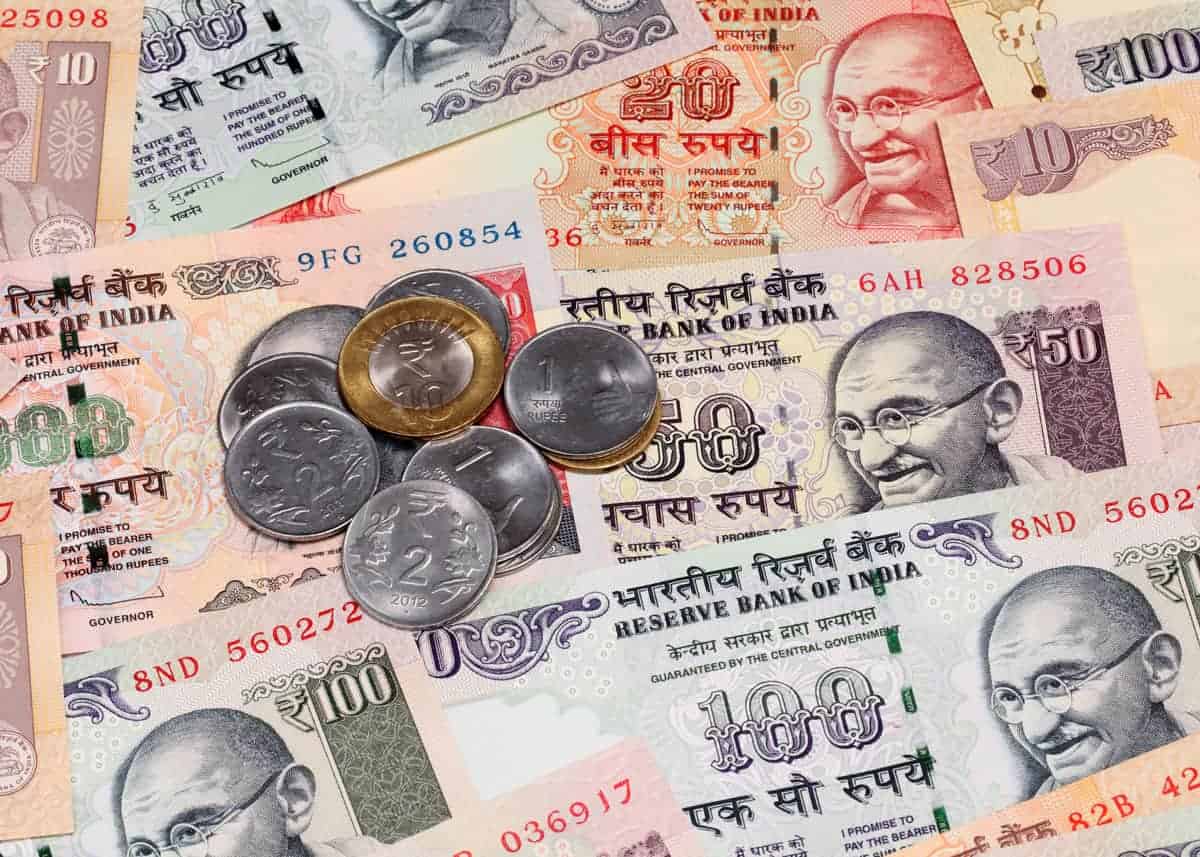
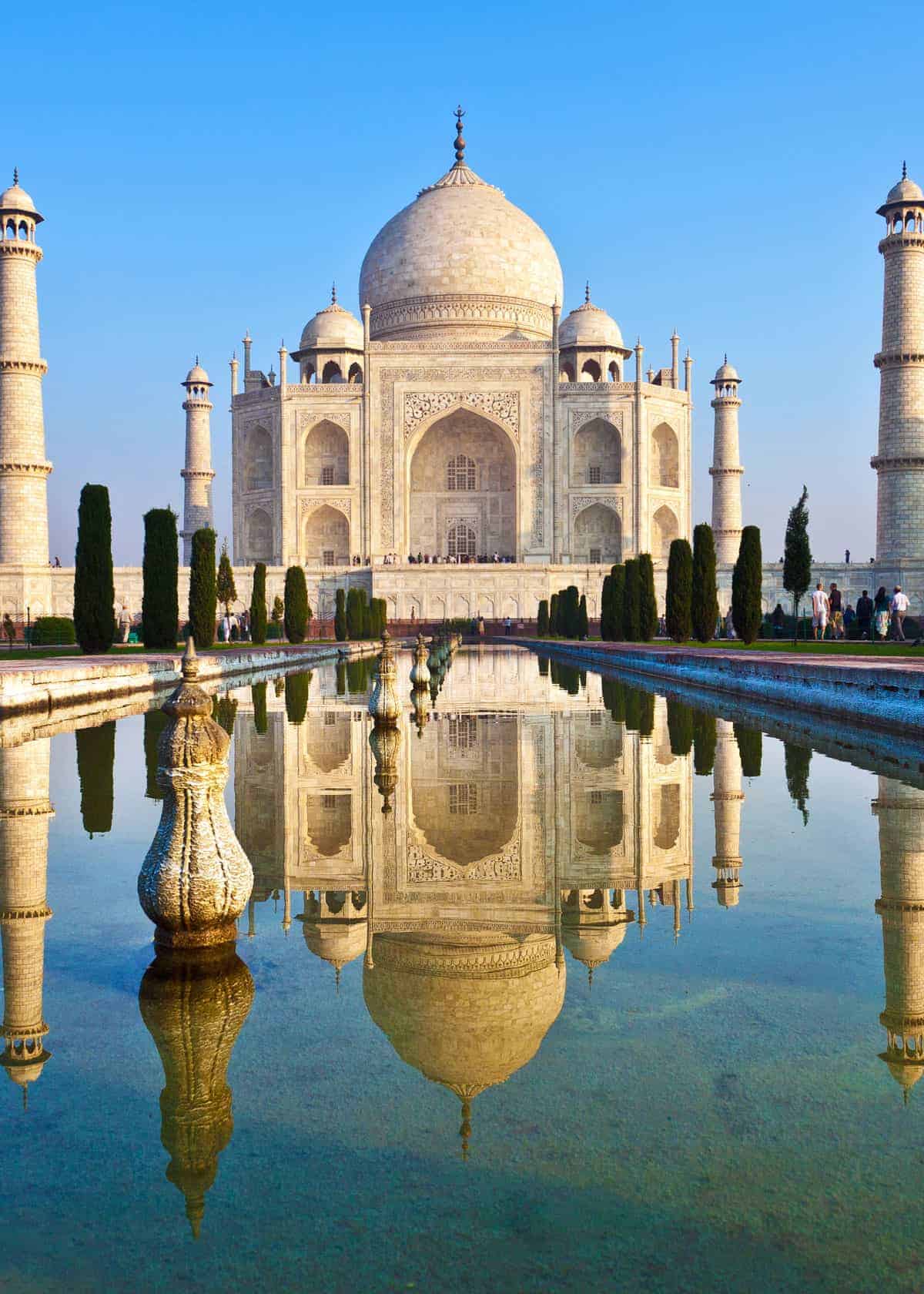
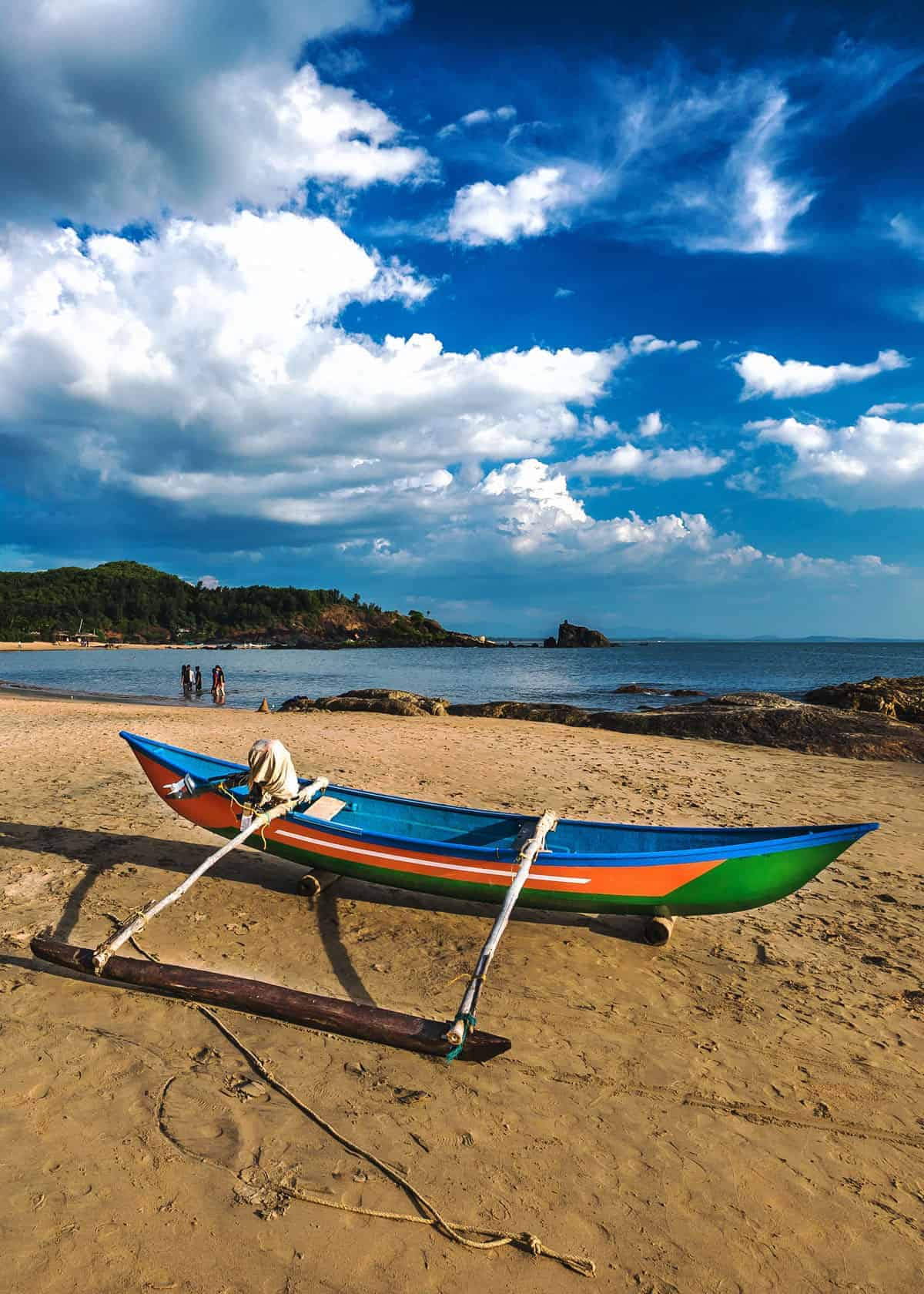
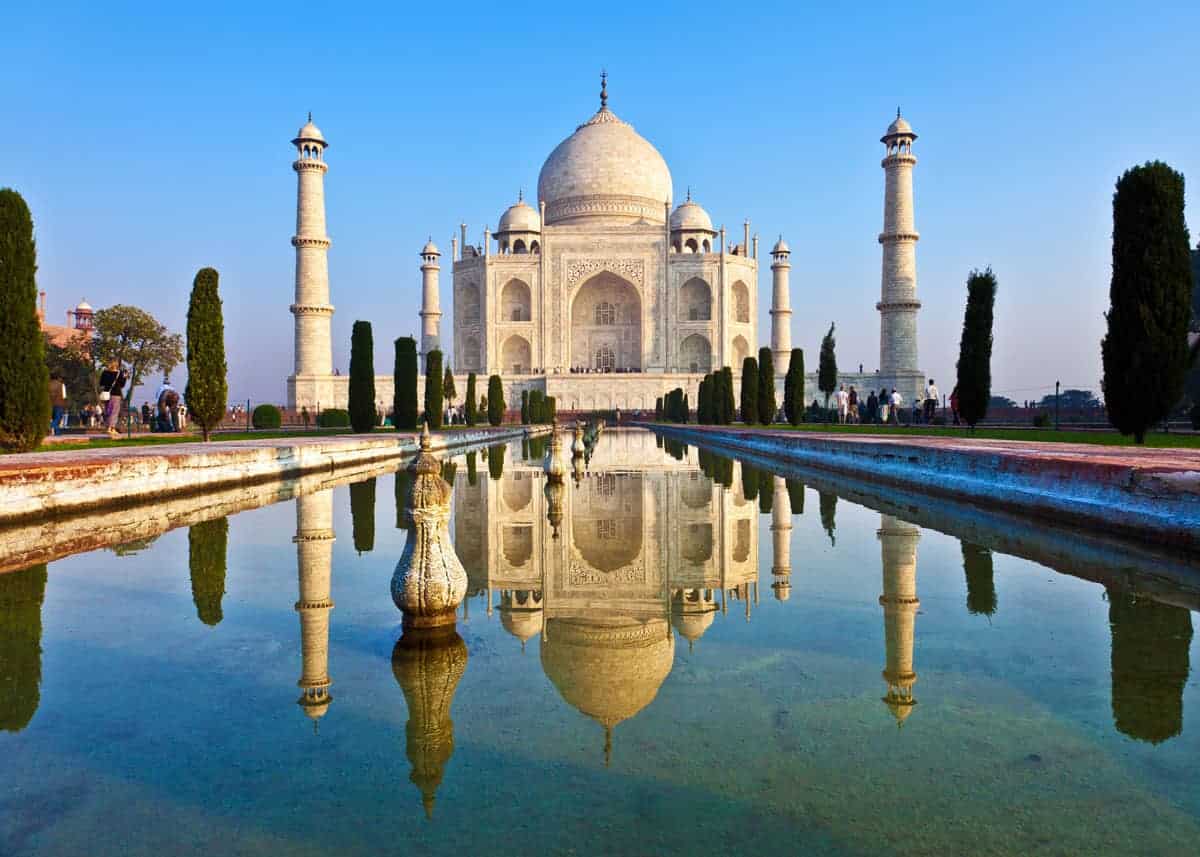
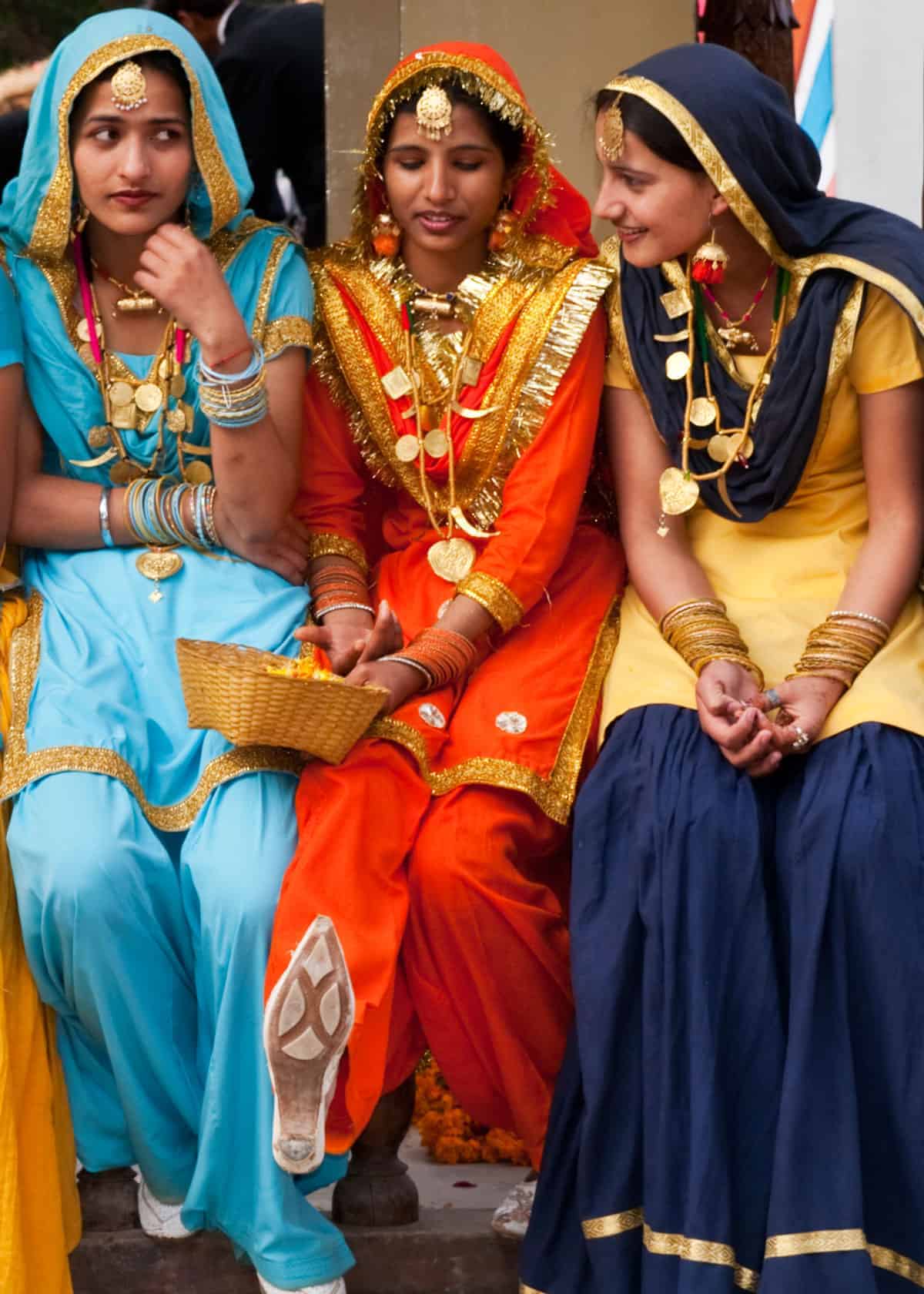
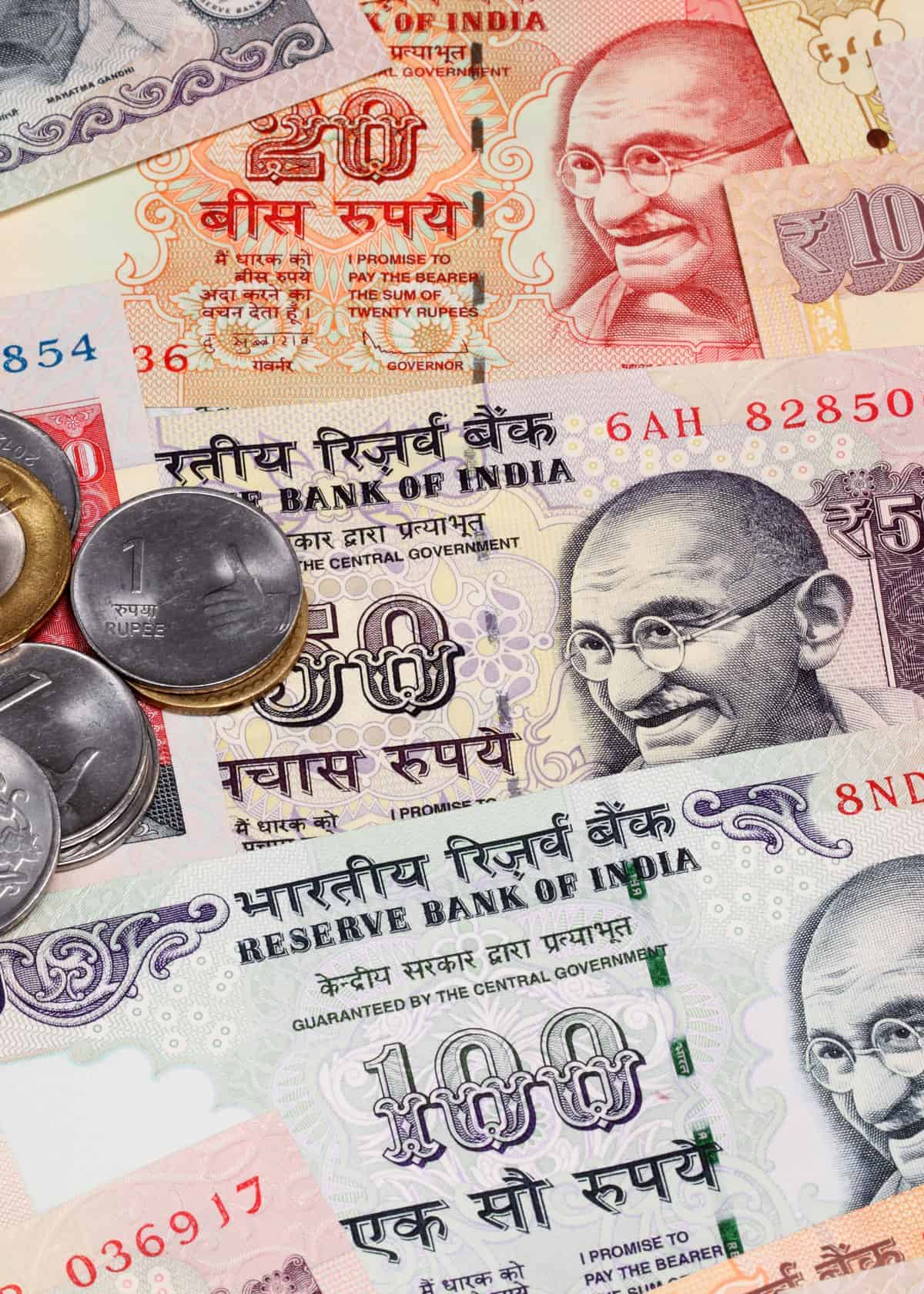
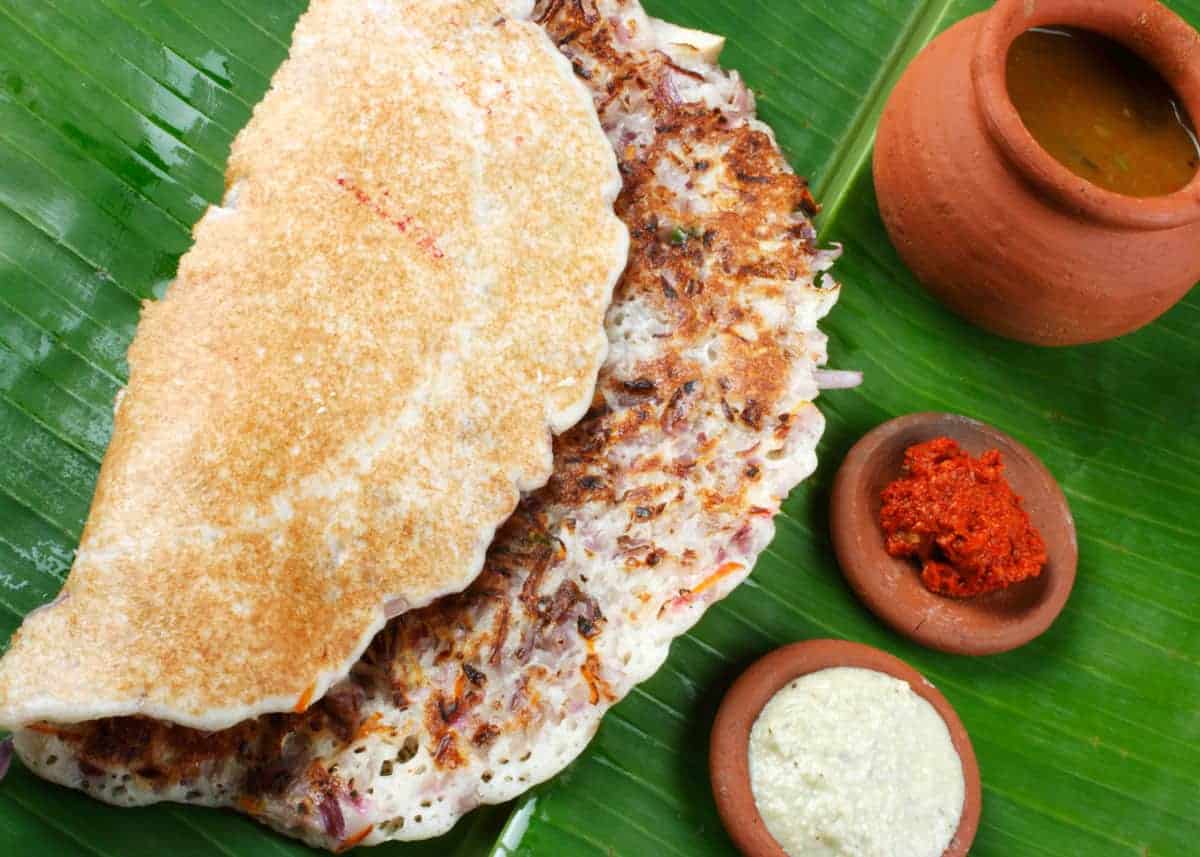
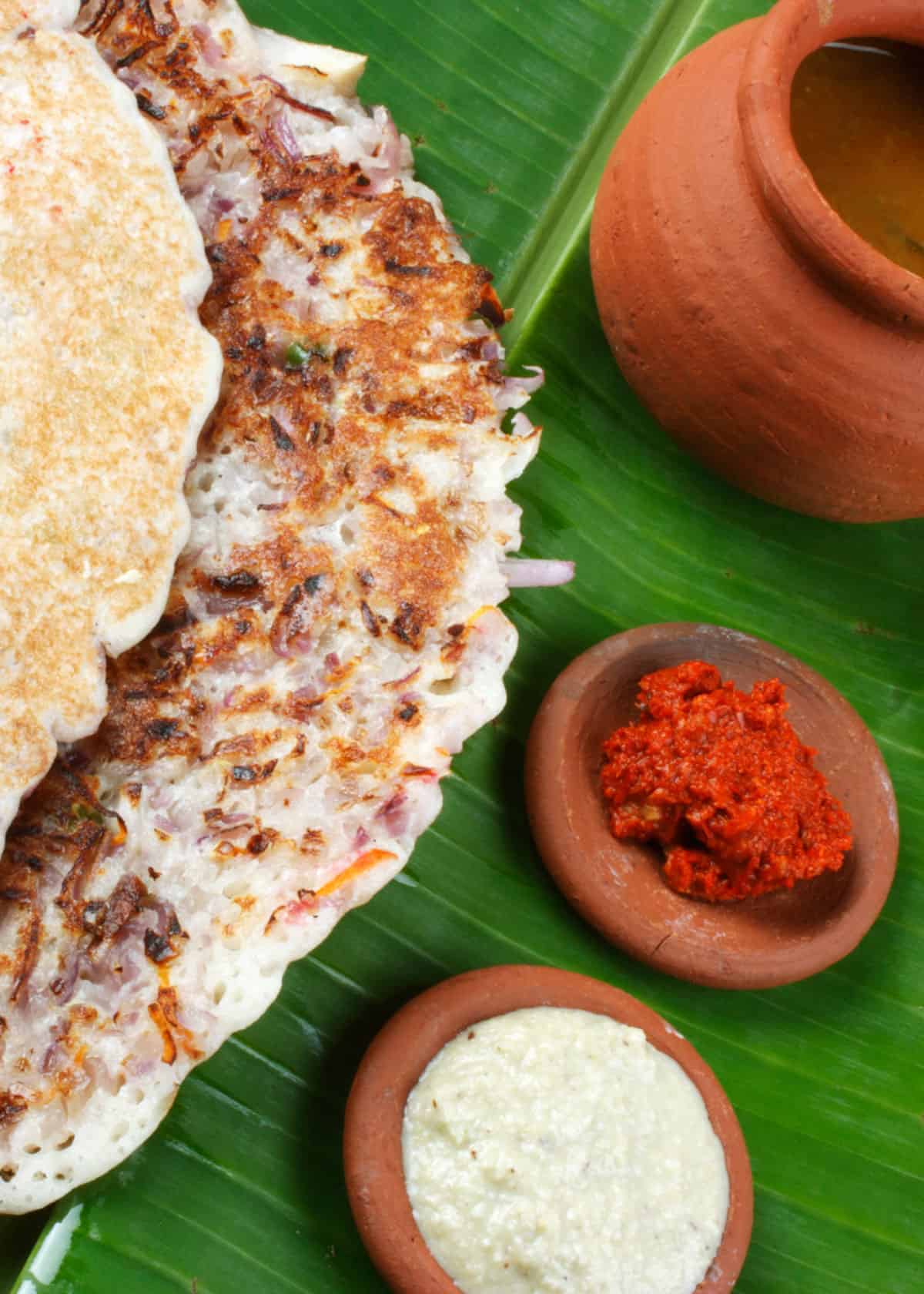
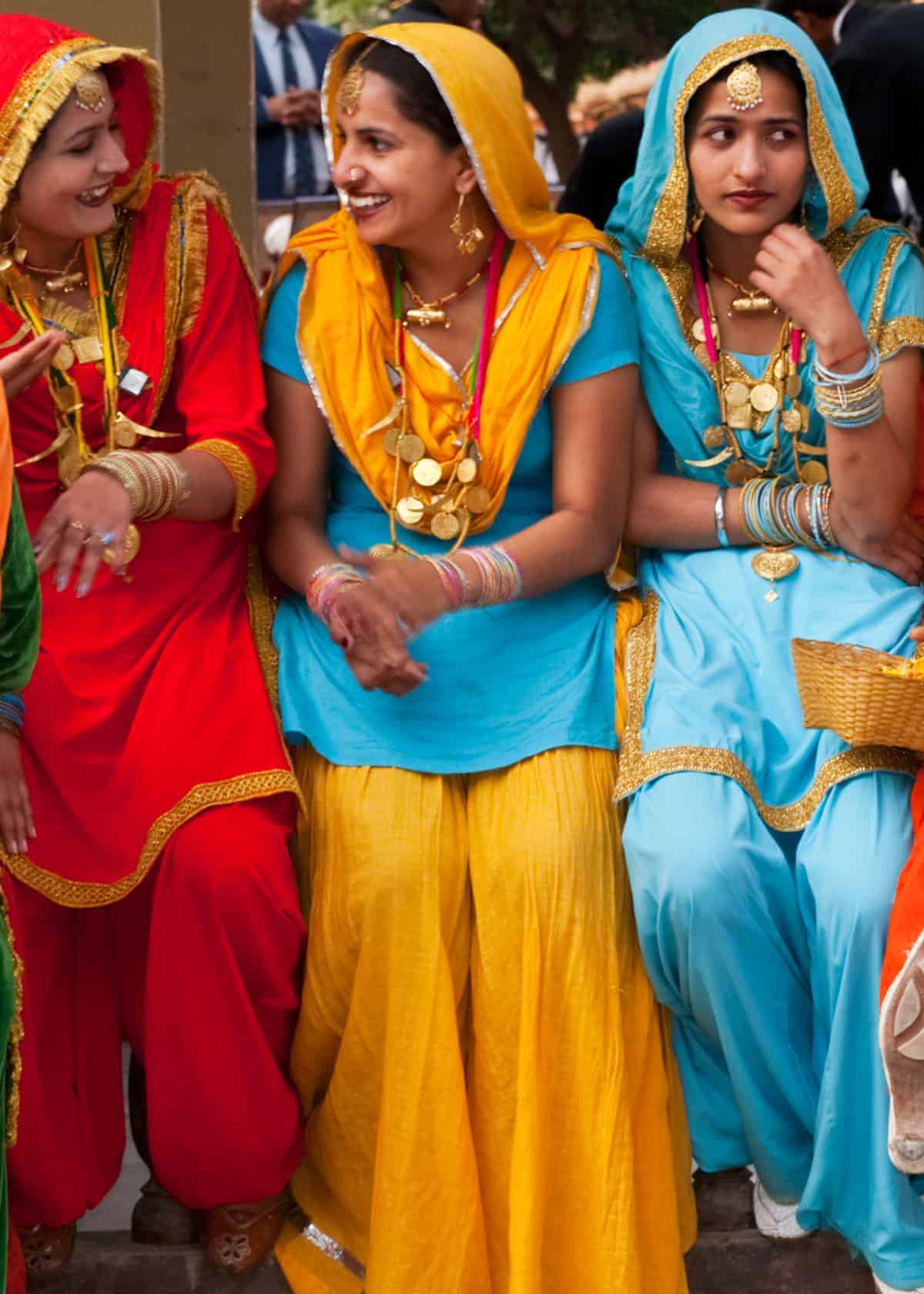
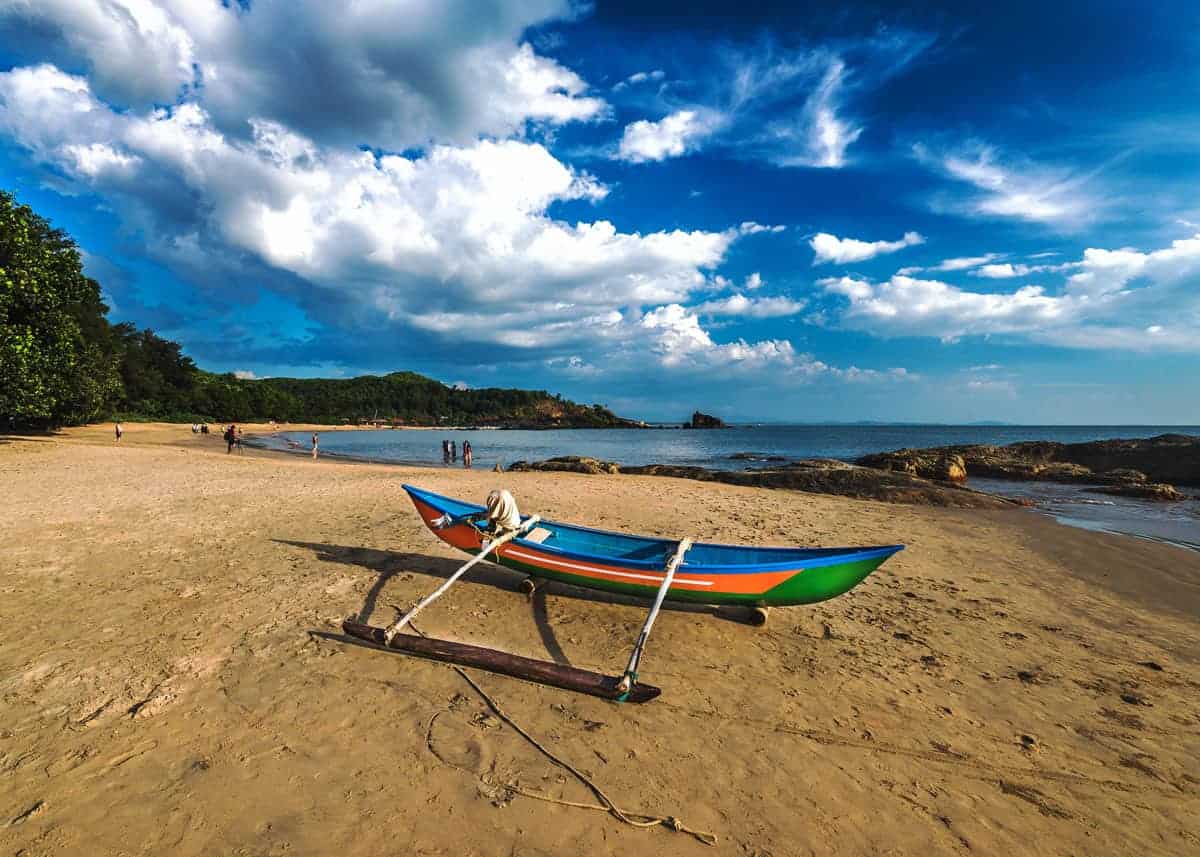
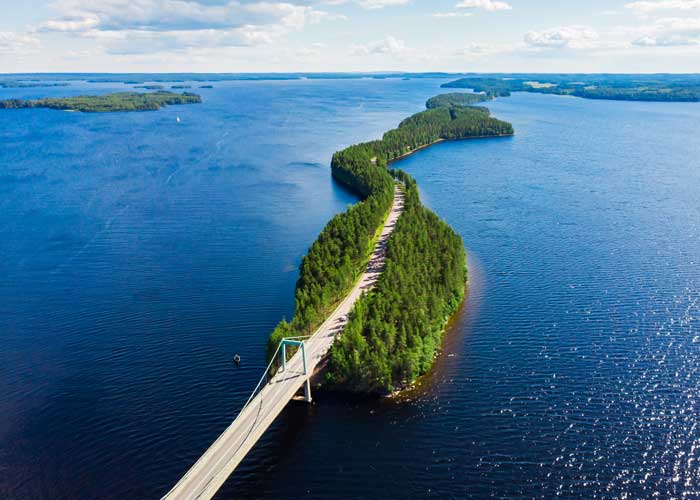

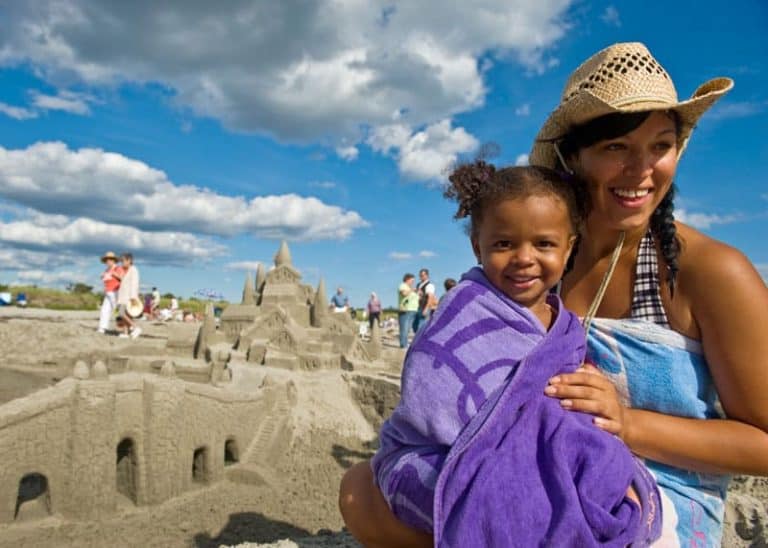

![15 Incredible Things to do in Uganda [Culture, Nature, Culinary, Adventure…]](https://storyteller.travel/wp-content/uploads/2018/10/things-to-do-in-uganda-768x548.jpg)
![Uganda’s 10 National Parks & 4 Wildlife Game Reserves [Travelers Guide]](https://storyteller.travel/wp-content/uploads/2018/10/uganda-national-parks-768x548.jpg)
The facts are truly amazing.